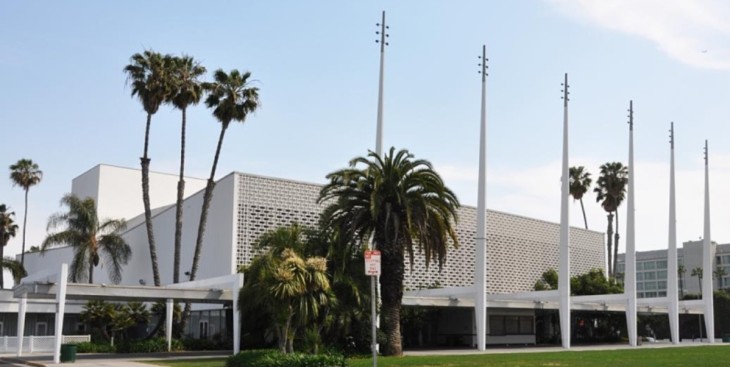The first thing the California High Speed Authority tells you about the late July train wreck outside the Spanish pilgrimage city of Santiago de Compostela is that “the system there is not true high speed rail.”
That’s because the train that derailed while carrying pilgrims and commuters had a top speed of just 150 mph, compared to the projected ceiling of 220 mph for California’s planned bullet train.
But there may still be a lesson for the nascent California system, whose construction might begin early next year on a 130-mile stretch from Madera to Bakersfield: It could pay to dispense with some of the intermediate stops now planned during the run between Los Angeles and San Francisco.
What do stations in Merced, Fresno, Bakersfield and San Jose have to do with a crumpled train and at least 79 fatalities in Spain?
It might be this: being rushed can lead to carelessness and that can bring disaster.
Spanish authorities are just getting started investigating the wreck near Santiago de Compostela, a city in Spain’s far-northwest province of Galicia whose medieval cathedral is believed by many to house the remains of St. James.
But the early suspicion is that the train was going at least 100 mph on a turn suited to half that speed. What might move an engineer to drive his train and its 240-odd passengers at double the safe speed? The driver has said on social media that he likes going fast, but another motive might be a desire to meet a schedule, maintaining the line’s reputation for on-time performance.
Now switch to California, where the 432-mile route linking Northern and Southern California is to proceed via a roundabout route through the Antelope Valley, then over the Tehachapi Pass to Bakersfield, up the San Joaquin Valley to Merced, west over the Pacheco Pass to San Jose and then up the Peninsula to San Francisco. That’s far from a direct route (50 miles above the driving distance), yet the plan is to do it in no more than 2 hours, 40 minutes.
With a top speed of 220 mph, that’s theoretically possible, if trains run at peak velocity most of the way. But rail authority spokeswoman Lisa Marie Alley says “We’ll never be going at 150 to 200 mph in urban areas.”
Then there are those intermediate stations. Rides on both the Thalys bullet train between Paris, France and Amsterdam and the French TGV train between Paris and the southern town of Lourdes demonstrate there’s about a five-minute slowdown approaching stations and a five to eight minute acceleration period after leaving them. Trains also stand still while passengers enter and leave.
Extrapolate this to California, and with four intermediate stations, trains will run well below maximum speed for at least an hour. Combine this with relatively low speeds in the San Fernando Valley portion of Los Angeles and on the Peninsula.
Then do the math, and it’s clear trains will not easily complete the run in 2:40 or less.
Which could mean that drivers will be rushed, as the Spanish engineer may have been.
Still, insists Alley, there will be no risk of a Spanish-style accident. “We will have a fully unified control system covering the entire route where things talk to each other, not a piecemeal one,” she said. “Where we’ll make full speed is yet to be determined, but we will build absolutely the safest mode of transport for Californians that’s ever been seen.”
But no control system is fail-safe. So why not remove factors that might someday encourage an engineer worried about job ratings and on-time performance to do something risky?
Stops at intermediate stations (only lightly used during high speed rides this columnist has taken in France, Spain, England, Belgium and the Netherlands) now appear to be the most obvious items that might create a rushed feeling.
Which means one California lesson from the Spanish crash may be to take a second look at those stations and figure a way to eliminate one or two before spending many millions to build them.


























